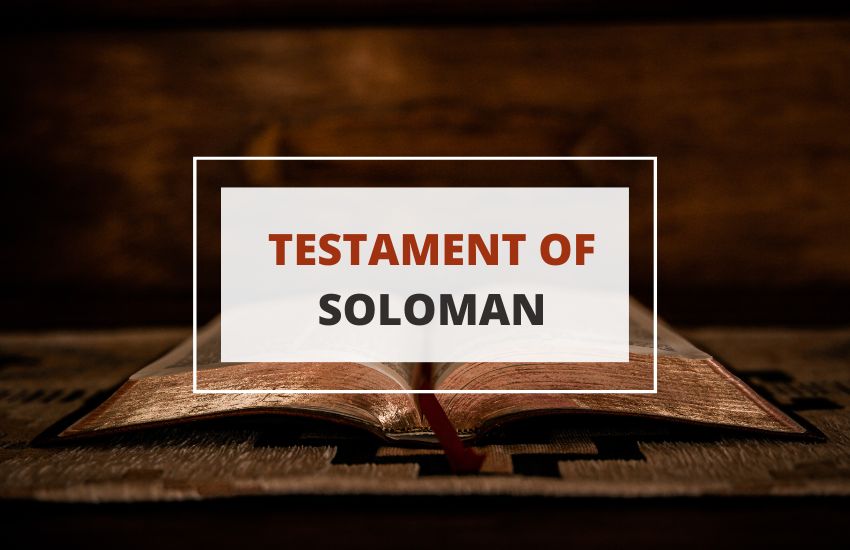
Table of Contents
King Solomon is best known for his wisdom and for penning some of the most beautiful verses in the Bible. But he’s also associated with a magical ring, demon control, and manipulation. All this appears in the Testament of Solomon, a text that was found centuries after the king’s death.
This text, supposedly an autobiography by the famous king himself, is a mysterious document that mixes up biblical history with the demonic realm. But who really wrote this text and why was it never considered canon?
What Is the Testament of Solomon?
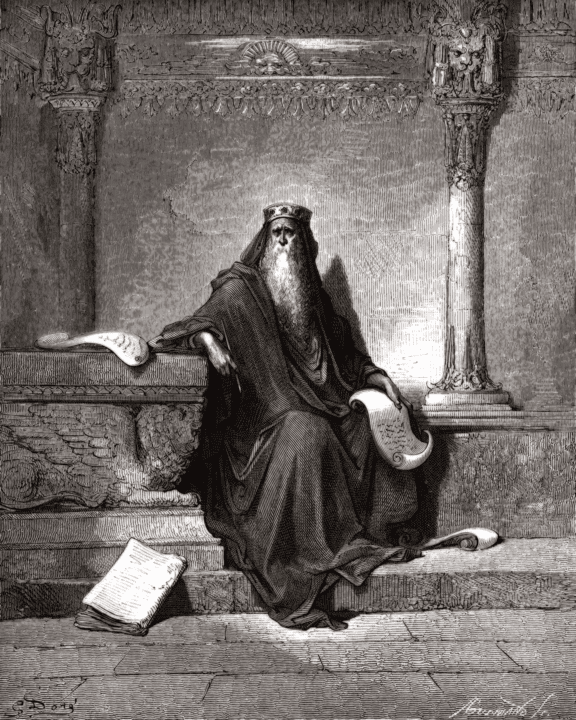
We don’t really know where the testament of Solomon comes from or who wrote it, even though it claims to be a firsthand account of King Solomon’s construction of the temple. While it’s presented as an autobiography by king Solomon himself, it’s quite clear that Solomon didn’t write this text.
Evidence suggests that the text was written between the 1st and the 5th centuries AD, around 1500 years after King Solomon’s reign. Some scholars believe that the text was finalized in the Middle Ages.
The cultural and historical details in the text indicate a period much later than Solomon’s reign and there are references to events and concepts that postdate Solomon’s life, making it highly anachronistic. For example, it references the virgin birth and the crucifixion of Jesus, events that had not yet occurred during Solomon’s lifetime:
And I said to him: “By what angel art thou frustrated?” And he
answered: “By the only-ruling God, that hath authority over me even to be
heard. He that is to be born of a virgin and crucified by the Jews on a
cross. Whom the angels and archangels worship. He doth frustrate me, and
enfeeble me of my great strength, which has been given me by my father the
devil.”
Testament of Solomon, 122
And what’s more, it’s very different from the books attributed to Solomon in the Bible, which are Psalms, Ecclesiastes, and Song of Songs. These provide moral instruction, philosophical reflections, and poetic expressions of love.
The Testament of Solomon, on the other hand, has a dark and unsettling tone with its detailed account of demonology and magical practices.
Who Wrote the Testament of Solomon?
So, if Solomon didn’t write the testament, who did? Scholars think that the text is a pseudepigrapha, which means false attribution. It was likely written by an anonymous author or group of authors who used Solomon’s name to give their work greater legitimacy.
According to Professor James Charlesworth: The (Testament of Solomon) is either a Jewish composition which was eventually reworked by a Christian … or a Christian writing which incorporated some Jewish material.
It was common for writers to attribute their work to someone else and many works of the period were written like this. Solomon is known for his wisdom and is a beloved and respected biblical figure, and any work attributed to him would immediately gain credence.
Why Was it Never Canonized?
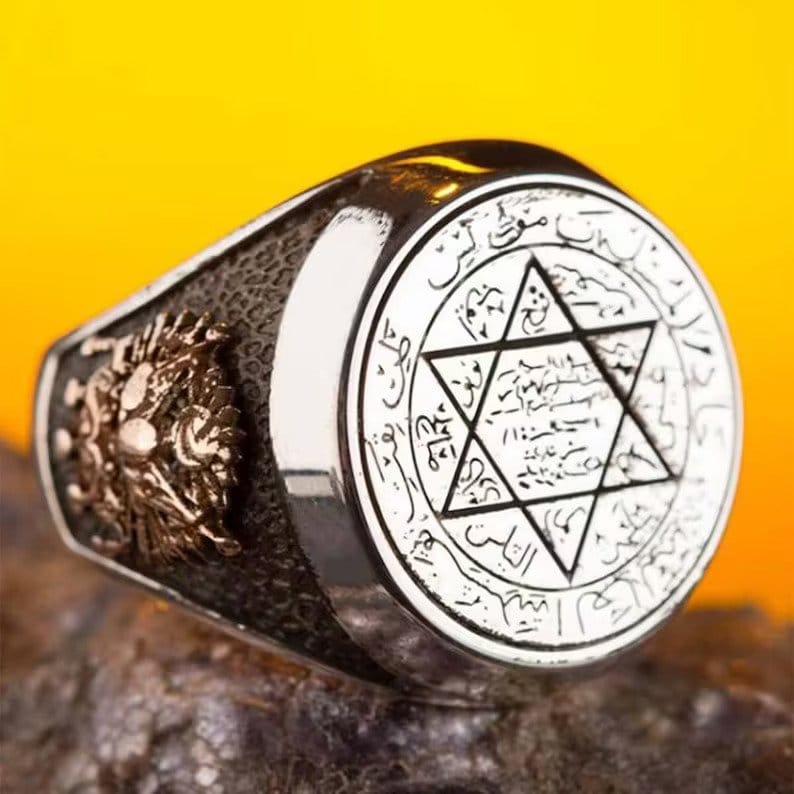
However, while the text was intriguing, it was never accepted as truth or canonical scripture by Jews and Christian groups.
For a text to be canonized, it had to meet certain criteria, like being of apostolic origin, being universally accepted, suitable for public reading and worship, and having a consistent message.
A pseudepigrapha does not meet the criterion of being of apostolic origin. The testament of Solomon was also not widely accepted or seen as authoritative, or to have been inspired by God.
And the subject matter, with its focus on demonology and magical practices, might have seemed unsuitable to the Church Fathers, who were often keen to distinguish Christianity from the pagan cultures surrounding them. As a result, the text was never canonized. This brings us to the question.
What Is the Testament of Solomon Really About?
By modern standards, the testament of Solomon is relatively short. It only has 130 verses, and each is just a few lines long.
It’s essentially a narrative where Solomon shares his experiences of capturing, questioning, and controlling various demons using a magic ring given to him by the Archangel Michael.
The demons are compelled to explain their activities, the harm they cause to humanity, and most importantly, the angelic forces or actions that can thwart them.
Solomon Is Given the Ring
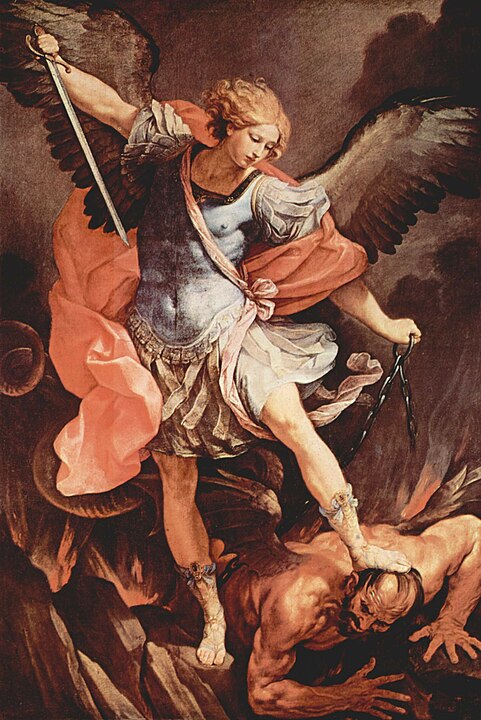
The text begins with Solomon building the First Temple in Jerusalem. However, he faces a problem: one of his chief laborers keeps losing his strength and vitality.
After praying for divine assistance, Solomon is visited by the Archangel Michael, who gives him a magical ring bearing the seal of God. With this ring, Solomon gains the power to control demons. Solomon summons the demon, known as Ornias, who has been troubling his laborer.
Using the power of the ring, Solomon subjugates Ornias, who reveals how he’s been causing the laborer’s suffering by taking away his vitality and strength. He also reveals that he is thwarted by the angel Uriel. Solomon then sends Ornias to fetch Beelzebub, the prince of demons.
Solomon Interrogates the Demons
What follows is a series of interrogations Solomon conducts with a range of demons who are brought before him. The demons are associated with various stars and constellations, tying the text to astrology. A type of medical alchemy is also prevalent, as some demons are associated with specific diseases or maladies that can be cured in various ways.
Each demon is compelled to reveal their name, their activities, the angel who can thwart them, and the signs of their presence.
The Demons Are Forced to Build the Temple
Then it gets interesting. Solomon forces the demons to assist in the construction of the Temple. He uses their unique abilities to expedite and enhance the building process. By doing this, he transforms their malevolent powers into constructive action but through what is essentially slave labor.
Solomon Goes Astray

Towards the end of the Testament, Solomon recounts how he became complacent and fell into the sin of idolatry, led astray by a foreign woman.
As punishment, God allows an angel in the form of a lion to take away Solomon’s magic ring and cast him into exile. Eventually, Solomon repents, and he regains his throne, but he never recovers his magical ring.
Solomon Is Repentant
The text ends with a warning to the reader not to abandon their beliefs for lust like Solomon did.
I then, wretch that I am, followed her advice, and the glory of God quite departed from me; and my spirit was darkened, and I became the sport of idols and demons.
Wherefore I wrote out this Testament, that ye who get possession of it may pity, and attend to the last things, and not to the first. So that ye may find grace for ever and ever. Amen.
Issues with the Testament of Solomon
It’s easy to see why this text has caused so much interest and skepticism at the same time. From Christian and Jewish perspectives, it appears to be a mix of folk religion and paganism, raising questions about its alignment with the strictly monotheistic stance of the Abrahamic traditions.
But the other issue with the text relates to the ethics of controlling demons. The text essentially describes Solomon enslaving demons to build the Temple, blurring the line between divine providence and magical manipulation.
This differs significantly from the Biblical Solomon, who is said to have built the Temple using human labor without resorting to the demonic realm.
Why Is the Testament of Solomon Important?
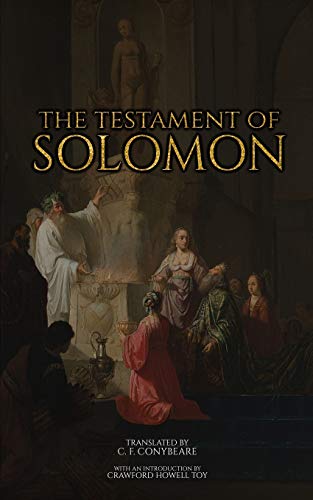
So, if the text isn’t really by Solomon and if it was never considered as truth or scripture, why does it endure? The answer lies in its influence on Western demonology, art, literature, and for giving us an idea of how ancient people thought about the supernatural.
Its descriptions of demons and their spheres of influence impacted numerous later works. It also influenced the development of various grimoires (manuals of magic) and occult texts in the medieval and early modern periods. It also provides important context for understanding the development of both Jewish and Christian demonologies, as well as the evolution of magical practices and occult traditions in later centuries.
While we may never know who wrote the Testament of Solomon, it contributes significantly to our understanding of the beliefs, fears, and hopes of people living in the late ancient world.
Wrapping Up
The Testament of Solomon, though non-canonical and controversial, shines the light on ancient views on demonology and the spiritual realm. Although not included in the Bible, it adds depth to our understanding of the historical, religious, and cultural contexts in which such texts were written. This is why, even though it holds no scriptural value, it continues to fascinate scholars and historians alike.
Related articles
Who was King Solomon? – Separating the Man from the Myth
Solomon’s Knot – Meaning and Symbolism
Seal of Solomon – Symbolism, Meaning and Importance
Archangel Uriel: Exploring the Angel of Wisdom and Light
Astaroth: From Ancient Goddess to Christian Demon
65 Inspirational Bible Verses about Love
82 Soothing Bible Verses about Healing
73 Encouraging Bible Verses about Stress








